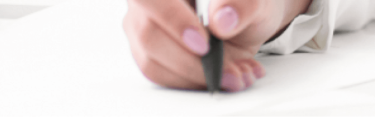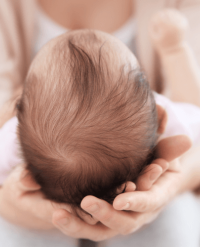
Advice cards
Refine search

- Seborrheic dermatitis
- Pediatrics
How to gently remove cradle cap?
Cradle cap, also called infantile seborrheic dermatitis, is characterized by plaques of dead, oily, yellowish skin. It is seen commonly on babies’ scalps up to nine months of age. It can sometimes extend beyond the scalp and affect the eyebrows, some skin folds and even baby’s bottom. It is completely harmless and will not affect your baby’s general condition or cause discomfort or itching. Lesions generally disappear within a few weeks or less but may sometimes last until the child is two or three years old. There are easy ways of gently eliminating them.

- Acne
How to live better with acne as an adult?
Acne can continue well beyond the teenage years, especially in women. Adult acne is different, it is characterized by a predominance of inflammatory (red) spots associated with combination to oily skin (mainly in the T-zone of the face). The skin is thinner and more sensitive to the external damage of daily life, causing the appearance or persistence of imperfections. It is rarely severe, but there is a significant risk of scarring and a non-negligible psychological impact. Solutions for acne in adult women exist to help them cope with it.

- Acne
- Pediatrics
What do you need to know about acne?
Acne is a skin condition that appears at puberty when hormones are running amok. It is very common, affecting 8 out of every 10 teenagers, both girls and boys. Acne is characterized by onset of blackheads, whiteheads and/or red spots, even cysts, on the face and sometimes on the chest and back. Its main complication is the risk of scarring, which can be permanent. It is difficult to hide and can also cause embarrassment and self-esteem issues for some people. Simple, practical, easy to implement advice can help you live better with acne.

Interested in our tips sheets?
Discover those of our other brands.
Discover our medical tip sheets to help you provide precise recommendations to your patients. These comprehensive resources provide clear, concise information on a variety of dermatological conditions to help your patients in their daily lives.